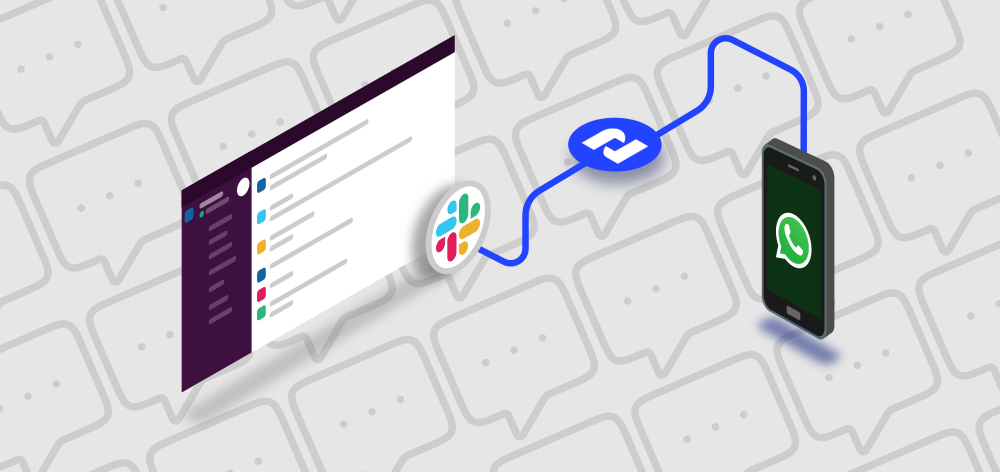Integrate WhatsApp and Slack to improve Sales and Customer Service
Learn how to integrate WhatsApp and Slack in minutes to improve your customers' experience

In the dynamic landscape of modern communication tools, the integration of WhatsApp and Slack stands out as a game-changer. By seamlessly connecting these platforms, businesses unlock powerful tools, transforming the way they manage customer inquiries, collaborate internally, and streamline workflows. Let's explore how this integration revolutionizes communication strategies and elevates team productivity.
How to integrate WhatsApp and Slack
With 2Chat you can easily enable Slack and Whatsapp integration in a few steps.
With 2Chat you can receive and reply to WhatsApp conversations without leaving Slack; this works for group and customer conversations so you can handle direct conversations and communities. You can reply to any thread and the message will be sent to WhatsApp and boost not only your customer experience but also your team collaboration, thanks to all the Slack features.
Create your trial account now!
Benefits of connecting WhatsApp and Slack
- Centralized Communication Hub: By integrating WhatsApp with Slack, businesses can consolidate all their messaging channels into one centralized platform. This allows teams to efficiently manage and respond to messages from both WhatsApp and Slack without toggling between multiple applications, leading to increased productivity and streamlined communication workflows.
- Improved Customer Service: With WhatsApp being a popular platform for customer inquiries and support, integrating it with Slack enables customer service teams to receive and respond to messages directly within their existing Slack workspace. This ensures prompt and efficient handling of customer inquiries, improving customer satisfaction and loyalty.
- Enhanced Team Collaboration: Integrating WhatsApp with Slack promotes collaboration and knowledge sharing among team members. With the ability to discuss and collaborate on WhatsApp messages within Slack channels, teams can quickly address customer inquiries, share insights, and coordinate responses in real time, fostering a culture of collaboration and teamwork.
- Real-Time Notifications: With the integration of WhatsApp and Slack, teams can receive real-time notifications for incoming WhatsApp messages directly within Slack channels. This ensures messages don't go unnoticed, allowing teams to respond promptly to customer inquiries and stay informed about important updates or developments.
- Efficient Workflow Automation: Leveraging Slack's automation features, businesses can create workflows to automatically route incoming WhatsApp messages to the appropriate channels or team members based on predefined criteria. This streamlines the message-handling process, reduces manual effort, and ensures that messages are directed to the right person or team for a timely response.
- Cross-Platform Accessibility: Integrating WhatsApp with Slack enables teams to access and respond to WhatsApp messages from any device or platform supported by Slack, including desktop computers, mobile devices, and web browsers. This ensures that teams can stay connected and responsive regardless of their location or device preferences.
In conclusion, integrating WhatsApp and Slack offers many benefits for businesses looking to streamline their communication processes, improve customer service, and enhance team collaboration. By leveraging the strengths of both platforms, businesses can create a unified communication ecosystem that fosters productivity, efficiency, and seamless collaboration across teams and departments.